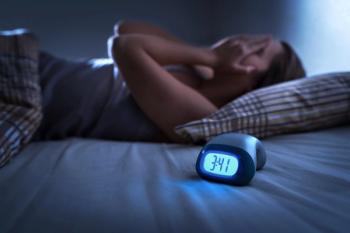
Global Diabetes Prevalence Significantly Underestimated
More than a half-billion people may have diabetes worldwide.
In 2015, the official International Diabetes Federation (IDF) estimated that 415 million people are living with diabetes, but a recent study published in Nature Review found that number is underestimated by at least 25%.
In fact, researchers believe that the actual number may be as high as 520 million, and argued that the organizations public policy makers rely on utilize different, and even inappropriate, methods and tests to determine
“The way the global data on diabetes has been collected has been inconsistent and not the standard needed for public health planning to address what is now one of the largest chronic disease epidemics in human history,” study author Paul Zimmet. “Over 12% of global health expenditure is directed to diabetes treatment. There are major and serious gaps in our knowledge of the burden of diabetes, particularly in developing countries which will have significant unforeseen impacts on national health care systems.”
The study authors said that the number of people in Australia with diabetes and prediabetes has been underestimated, especially in Indigenous communities.
“As the fasting blood sugar has been used as the diagnostic test for these conditions in the Australian 2012-2013 National Health Survey, it is almost certain that the true burden of disease has been underestimated,” Zimmet said. “The resources needed as identified in the Australian 2015 National Diabetes Strategy will therefore be inadequate.”
The major underestimation in diabetes prevalence is caused by several factors, including the lack of national data on diabetes in numerous countries, especially developing countries, and the methods used in many countries for diabetes testing, according to the study.
The authors suggest an alternative glucose test at both fasting, and 2 hours after a glucose drink test, could provide more accurate data.
“While the WHO (World Health Organization) recommends a blood glucose test both fasting and at 2 hours after a glucose test, only the fasting glucose is used in many instances resulting in an underestimate of at least 25% in the number of new cases of diabetes,” Zimmet said.
From the findings, the authors suggest that a second test, a glucose challenge, be conducted following the 2-hour fasting in order to confirm the actual likelihood a patient will develop diabetes, or already has the disease. Currently, an alternative test is being recommended by the WHO and the American Diabetes Association to circumvent the 2-hour test called, glycated hemoglobin (HbA1C).
“Accurate data on the burden of diabetes is required so that countries can identify current and future health care priorities to estimate direct and indirect economic and societal costs of the disease and to allocate appropriate health care resources and expenditures for health care delivery,” said study co-author Sir George Alberti.
Newsletter
Stay informed on drug updates, treatment guidelines, and pharmacy practice trends—subscribe to Pharmacy Times for weekly clinical insights.













































































































































































































